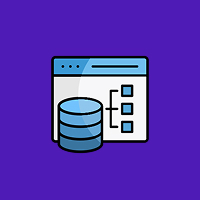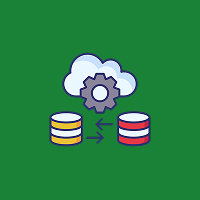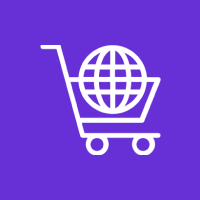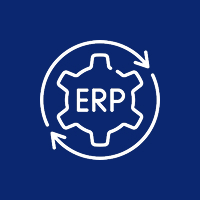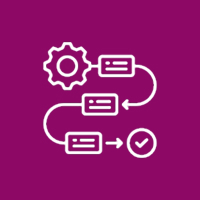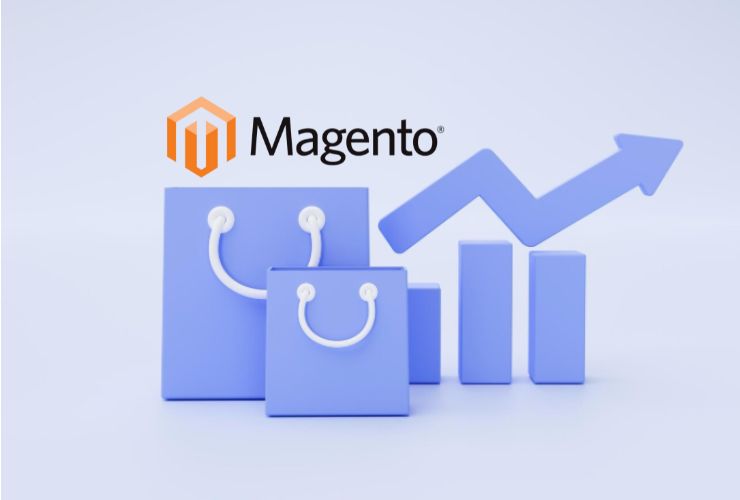As your e-commerce business continues to expand, the operational needs of your platform will change with it. Your business will deal with increased levels of product volumes, more complex customer journeys, demands related to global expansion, and organizing systems between inventory, marketing, CRM, and payments. The decision about which e-commerce platform and product capability to select is now no longer about launching quickly—it’s about scaling your efforts smartly with a solution like Magento that can support growth, complexity, and flexibility.
Magento, now known as Adobe Commerce, is one of the largest, most flexible, and scalable e-commerce platforms available. That said, is it right solution for your particular growth stage and goals? In this article, we will take a look at Magento, some of its capabilities, advantages and disadvantages, as well as helping you understand when it is the most strategic approach.
What Is Magento?
Magento is an established open source e-commerce platform built tot businesses that need flexibility, customization and powerful functionality. Magento is established known for handling very large product catalog content, international business operations and customized experiences.
The Magento platform fits into two different categories:
1. Magento Open Source – This is a free, self-hosted option that is designed for those organizations that have a development team internally.
2. Adobe Commerce – Formerly known as Magento Commerce, this is an enterprise-level paid service. It provides advanced functionality, along with managed services and support.
The Magento platform also has a large community, thousands of extensions, and enterprise-level capabilities. The platform is used frequently by mid to large size retailers that are looking to grow while keeping long-term control over being able to scale their business.
Important Features that Fuel E-commerce Growth
1. Enterprise-Level Scalability
Magento is built to scale. Regardless of whether your store sells 1000 products or 1 million products, Magento supports an environment with heavy traffic without a lot of performance losses—assuming you have the right infrastructure in place and have designed the app appropriately.
2. Extensive Customization
Few ecommerce platforms provide the same control over the design and functionality of your business as Magento. You can fully customize checkout flows, administration dashboards, front-end designs, inventory workflows, payment methods, and so on. This is important for businesses that rely on unique customer experiences.
3. Advanced Product Management and Inventory Management
Magento supports multiple product types (simple, bundled, virtual, downloadable, configurable), as well as complex pricing rules (tiered pricing, promotions), real time inventory, and support for multiple warehouses.
4. Multilingual & Multi-Store Features
To run multiple storefronts from one backend is part of Magento’s native functionality. This enables you to run a business in multiple territories and currencies, operate B2B and B2C channels independently, and localize your content.
5. SEO and Marketing Features
Magento is built with some pretty powerful SEO and marketing features right out of the box. With features like SEO-friendly URLs, control over meta tags, google sitemap creation, and customer segmentation, Magento helps businesses attract users organically and convert them into customers.
6. Extensive Marketplace and Ecosystem
Magento has more than 3,000 extensions and integrations, plus a large community of developers all over the world. It easily connects to third-party tools, as it interfaces with APIs for on-demand connections with CRMs, ERPs, marketing platforms, logistics providers, and more. This means that your team can scale your functionality without completely reinventing the wheel!
Benefits for a Growing E-commerce Business
- Incredibly scalable – capable of managing thousands of SKUs and significant spikes in traffic
- Customizable UI and backend workflows
- Strong security capabilities with PCI compliance tools built-in
- B2B models and B2C in one system (Adobe Commerce)
- Extensive extension ecosystem allows rapid upgrades in functionality
- Ability to set up with headless commerce and PWAs (Progressive Web Apps)
Drawbacks to Consider
- A little bit development heavy; requires competent developers to set up and maintain updates
- Overall costs are high, including hosting price, development/specialists fees, licensing fees (Adobe Commerce)
- Learning curve if your team does not have Magento experience
- Performance is highly dependent on following the proper server optimization and caching set up
Is Magento Right for You?
Magento is a good option for business that:
- Is growing quickly or has complex operations
- Needs the customizations and control of the backend
- Has more than one storefront, market, or customer group (B2B and B2C)
- Has developers in-house, or is working with an agency that specializes in Magento
- Needs integrations with advanced marketing platforms, ERP, or fulfillment systems
You should not consider Magento if:
- You are a start-up that needs something quick and simple
- You do not have the know-how or technical resources/developers
- Money will be tight, and you need to use that money to market and drive acquisition
- You want a plug-and-play SaaS tool like Shopify or BigCommerce
Magento vs. Other E-commerce Platforms
| Feature | Magento | Shopify | WooCommerce | BigCommerce |
|---|---|---|---|---|
| Customization | Full control | Limited | Moderate | Moderate |
| Scalability | Enterprise-ready | Medium | Medium | High |
| Hosting | Self-hosted | Fully hosted | Self-hosted | Fully hosted |
| Ease of Use | Complex | Very easy | Moderate | Easy |
| Cost | Medium to high | Subscription-based | Low to medium | Subscription-based |
| Best for | Large, complex stores | Startups, DTC brands | Content-first stores | Growth-focused SMBs |
Examples of Some Real Use Cases
Fashion Retailer Going Global
A fashion brand that has multiple sites that are localized, in different languages and run on Magento to scale the operations and inventory internally while customizing the user experience for each store.
B2B Wholesaler with Custom Pricing.
A B2B distributor is using Magento for tiered pricing, customer specific catalogs, and bulk order functionality that opens up the service to the larger buyers (who order significant quantities).
Seasonal Retailer with a lot of traffic.
A retail brand that runs a lot of high-volume promotions that are seasonal relies on Magento’s caching and optimization to ensure there is no impact when traffic peaks.
Magento Tips for Making the Most of the Platform
- Work with Magento-certified developers or agencies.
- Use caching layers such as Varnish and Redis to improve speed.
- Select hosting providers that are optimized such as Nexcess, Cloudways, or Adobe Commerce Cloud.
- Use CDNs to speed the global delivery of your site.
- Conduct regular auditing on SEO, performance, and security for optimal maintenance.
Conclusion
Magento has everything a growth-focused e-commerce platform should have. It has enterprise scalability, limitless customization capability, a rich marketplace for extensions, and so much more.
Magento is a complex and costs more upfront, but the flexibility and performance you get in return is more than worth it. This is particularly true for businesses with unique business models, large catalogs, or multi-region requirements.
With a complex e-commerce vision, you may want a platform that is tuned for flexibility, scalability, and readiness for whatever the future holds; Magento could be the strategic foundation that your e-commerce growth depends on.
Contact Us Today













 Database Development
Database Development








